


scroll down
Konin lodge is situated on the private territory, on the bank of Konin river, which is a tributary of Tugur river. The total length of three fishing grounds on Tugur river and its two tributaries Konin and Munikan rivers, where fishing tours are arranged, is about 300 km. The sizes of fishing grounds allow to separate fly-fishers from spinning anglers
The rivers flow in a picturesque area forested with willows, larch and birch trees, inhabited by wild animals. Quite often you can see a bear on a bank, that hunts for chum salmon, which is an easy prey after spawning. As you pass further, the rivers offer spectacular views and fabulous scenery


The rivers, with their slow streams, constitute no real danger to fishermen. Due to a combination of deep and shallow waters fishermen are offered various fishing opportunities and can enjoy both spinning and fly-fishing experiences
Regular air flights Great Britain > Moscow > Komsomolsk-on-Amur
Regular air flights Moscow > Khabarovsk >Komsomolsk-on-Amur
Helicopter flight Komsomolsk-on-Amur > the lodge Konin
To enjoy your fishing adventure, provide yourself with special clothing, since you will possibly have to stay waist-deep in water for 10 hours a day. You will definitely need waders, wading boots, a rain jacket, thermal underwear, and a fleece or woolen top. A warm and light hat will also be a necessity. Make sure you have an insect repellent and a mosquito-resistant jacket or a head net
All equipment has to be brought by fishermen themselves. Advices on the tackle needed during your fishing trip and suitable for different fish are provided in section FISH
Spacious aluminum boats provided at the lodge are equipped with powerful engines and are comfortable enough for up to 3 fishermen. Fishermen are always escorted by professional guides, who know all fishing spots and are ready to prepare lunch on an open fire in the middle of nowhere at any time, or provide professional expertise on the baits, depending on the fishing conditions
The very best time, when frequent bites were recorded and taimen trophies were caught, is after floating of ice, from May to June, and before ice, from September to October. Over the past 10 years of records, the earliest and the latest dates when taimen was caught with spinning was April 20 and November 17, respectively
Contrary to the reports, published in different sources, claiming that taimen behavior varies over the year, it can be said with high confidence that there is no distinct passive period in taimen behavior. It is more likely that fishermen in summertime are less active because of clouds of mosquitos. On the contrary, the guides, who stay on the river throughout the year, report that in summer taimen is more active while fly-fishing with dry flies

In spring it is rather difficult to predict the best time for taimen fishing. After winter, between floating of ice and freezing, taimen starts hunting. At this time, the waters are still shallow which offers better fishing opportunities
The period between June and September is a local rainy season and it is a problem for fishermen to find a gap between non-fishing rainfall floods
Between September and October taimen activity reaches its maximum. The rainfall amount decreases considerably, the water level becomes lower, and fishermen have a real opportunity to catch a trophy taimen
The Tugur River is one of the last rivers in Russia, where it is still possible to catch a giant taimen. These fish live at least 40 years and need a careful attitude. In addition, the number of this population is still unknown; there is almost no data on the behavior and movements of its constituent fish.
It is required that every taimen caught in the river of Tugur, large or small, is carefully measured and photographed. All these materials will be added to a single database. This will allow tracking each taimen as well as monitor the condition of the entire population.
Recommendations for taimen handling:
1. Always keep taimen in water or just above the water level. Fish should not be strongly bent in the landing net. Jaws should not fall into the landing net cells (in this case the fish cannot open its mouth and will suffocate). Do not take the fish ashore so as not to accidentally drop it. If you want to weigh the fish, ask the fishing guide to transfer it to a special stretcher, where it can be safely weighed and where it can rest and recover.
2. Using measuring tape, make three measurements: the length of the fish from the tip of the snout to the end of the tail fin (Total Length), from the end of head to the end of the middle rays of the tail fin (Fork Length), and its largest girth. This data should be entered into the record card, along with the date and place of the catch as well as notes if the fish has special signs (mark, wound, scar, vice, etc.). Place this card next to the fish and take a photo of the fish from the right side. The photo should capture only the head of the fish and the front half of its body.